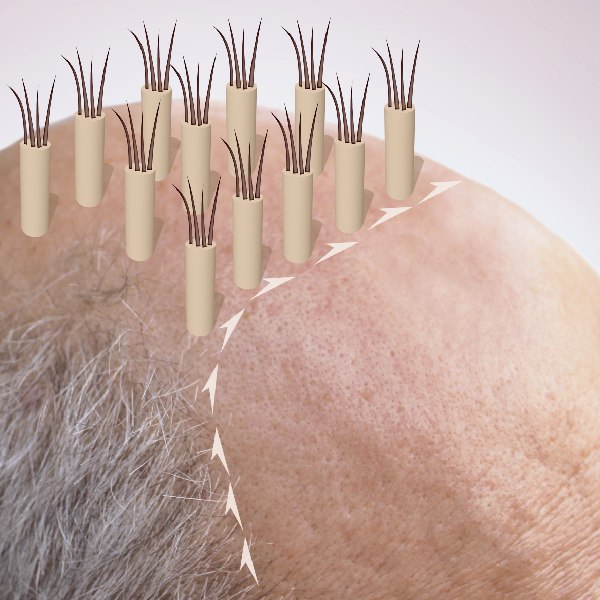How Much Does Hair Transplant Surgery Cost?
If you are in the beginning stages of researching hair transplant surgery, one of the first topics you are most likely investigating, is the cost of hair transplant surgery. So how much does a hair transplant actually cost? The answer to this question isn’t as simple as it seems, as there are a handful of variables that inevitably determine the final amount of your surgery.
The Cost Of Hair Transplant Surgery And The Clinic Location
 One of the variables that will determine the overall price of your hair transplant, is the location of the hair transplant clinic that you elect to have your surgery with. If you reside in North America or Europe, most certainly during your investigative journey into hair restoration surgery, you’ve stumbled upon advertisements by hair transplant clinics overseas. This could include advertisements from clinics located in Turkey, India and Mexico for example.
One of the variables that will determine the overall price of your hair transplant, is the location of the hair transplant clinic that you elect to have your surgery with. If you reside in North America or Europe, most certainly during your investigative journey into hair restoration surgery, you’ve stumbled upon advertisements by hair transplant clinics overseas. This could include advertisements from clinics located in Turkey, India and Mexico for example.
Many clinics located in the above mentioned countries (and other countries), target prospective patients located in North America and Europe. Their advertisements emphasize the low cost of hair transplant surgery versus the cost of having surgery performed in North America.
Why are these clinics so much cheaper than clinics located in North America and Europe? One of the advantages overseas clinics have, is simply the currency exchange. The US dollar, Canadian dollar and the Euro, go a lot further in the mentioned countries where the cost of labor and overall clinic expenses are much lower. Also, accommodations are much cheaper in many of the overseas locations making the overall trip to the clinic much less expensive in regards to travel.
But a cheaper price, doesn’t mean equal or better quality in terms of your final hair transplant result. The cost of your hair transplant should take a back seat to a quality result every time. It could cost you more money in the long run having a hair transplant repaired if you only focus on the price and fail to properly research your surgeon/clinic. This stands true no matter what part of the world you decide you to have your hair transplant in.
Saving a few dollars is a concern most of us have, but just be sure to focus on the reputation of the surgeon and clinic first and foremost and then look into the financial considerations of your surgery afterwards.
Graft Count And Hair Transplant Cost Per Graft
 In most cases, the amount of grafts you require for surgery coupled with the actual cost per graft the clinic charges, will be the main factors in determining the cost of your hair transplant So the more grafts required to meet your hair restoration goals, the more expensive your surgery will be.
In most cases, the amount of grafts you require for surgery coupled with the actual cost per graft the clinic charges, will be the main factors in determining the cost of your hair transplant So the more grafts required to meet your hair restoration goals, the more expensive your surgery will be.
Hair Transplant Cost And Type of Surgery
The type of hair transplant surgery you elect to have will also be a determining factor in the overall price of your transplant. FUE (Follicular Unit Extraction) generally costs more per graft than a FUT surgery (Follicular Unit Transplantation). FUE surgeries are more tedious and take longer, therefore, more resources are required for the clinic to perform the surgery.
Free Consultation And Free Cost Estimate
If the cost of hair transplant surgery is a significant factor is a major factor in determining whether you proceed with surgery or not, we highly suggest having a consultation first. A consultation will not only allow surgeons to determine how many grafts you will require to meet your hair restoration goals (ultimately a large factor in determining the cost of your procedure) , but the consultation will also determine if you’re a candidate for hair restoration surgery and which type of surgery is best suited to your situation (FUT, FUE or a mix).


